Overexposing scenes for ice in Antarctica
Jul 10, 2020 12:29:55 #
mikegreenwald wrote:
No Polar Bears in Antarctica. They exist only in the Northern Latitudes and in zoos.
That's why it is a $1,000,000 photo!
Jul 10, 2020 13:20:31 #
RWR wrote:
If you’ve had your camera more than a day or so, you ought to know how much you can overexpose from the meter reading and still preserve highlight detail.
I live near Sarasota, Florida which is blessed by a very fine, white sand we call "sugar sand". I used that environment to practice bracketing. it works well.
BTW, RWR, be kinder to all of us who use UHH to grow our hobby. Snide remarks such as yours really doesn't serve any good purpose.
Jul 10, 2020 13:32:54 #
RWR
Loc: La Mesa, CA
Collhar wrote:
That was helpful.
Thanks, it was intended to be. Testing is pretty basic and uncomplicated.
Jul 10, 2020 14:12:50 #
mikedent wrote:
So we are lucky enough to go to Antarctica next Jan. I know it's important to bracket or overexpose some amount to account for ice/snow glare. Since there's no snow here in FL, could I go to the sunny sandy beach and do trial photos at different settings to see what settings are best? Is the sand a good enough substitute for the ice and snow and sunlight? Thanks for your help.
We were there this past January. It is awesome, you will love it. I would say don't worry too much about the snow thing, it will work out, take a lot of pictures. Use your + exposure compensation but not too drastic, shoot raw, shoot in shutter priority with a fast shutter speed mostly as animals and birds are moving, the boat is moving, the zodiac is moving.
Good idea I saw was to practice with gloves, have a weather sealed camera for spray and rain. Plastic bags, dry bag, lots of batteries. I found it to be almost impossible to concentrate on camera settings when penguins and whales are jumping around you and you have cold hands and gloves, so keep it simple.
Auto ISO is your friend!
Good Luck!
Jul 10, 2020 14:21:26 #
RWR
Loc: La Mesa, CA
Halftrack wrote:
I live near Sarasota, Florida which is blessed by a very fine, white sand we call "sugar sand". I used that environment to practice bracketing. it works well.
BTW, RWR, be kinder to all of us who use UHH to grow our hobby. Snide remarks such as yours really doesn't serve any good purpose.
BTW, RWR, be kinder to all of us who use UHH to grow our hobby. Snide remarks such as yours really doesn't serve any good purpose.
If suggesting one do a bit of thinking on their own is being snide, so be it.
Jul 10, 2020 16:47:34 #
Yes: The sand is a reasonable type of substitute. But generally when the scene is all white, Exposure compensation of 1.7 to 2.0 stops is generally what you need. It will vary with the sun/cloud/time of day, though. When there, just take a couple of quick test shots, chimp your histogram and see how you are doing. If shooting in RAW, just move your Exposure Compensation, shoot a few more, until your histogram shows you have some of the exposure close to the right hand side of the graph ... BUT NOT TOUCHING the right side vertical line. That should do it. If shooting JPG, with snow, nearly the same argument applies with snowy scenes. And, provided you don't go too close against the right side of the histogram, JPGs can be modified fairly acceptably in Post with most software, contrary to the "I SHOOT RAW" purists (sort of akin to "wine snobs").
Just start shooting test shots when you get there, correct accordingly with Exposure Compensation, and you should do fine. +1.7 Overexposing is a good starting point. Have fun, and of course, dress warmly.
Just start shooting test shots when you get there, correct accordingly with Exposure Compensation, and you should do fine. +1.7 Overexposing is a good starting point. Have fun, and of course, dress warmly.
Jul 10, 2020 18:28:10 #
Hi
As I have scanned through the previous replies and technically I have little to add. I was in Antartica last year and I live in Florida as well. What tour company are you traveling with? My practical advise is keep it simple and light when you are off the ship touring. Florida is very flat, sandbar, Antartica most certainly is not. Save your big lenses for on board photography. Between the clothing, boots, terrain, kodiak, and gear I found it difficult to move about freely. After the first hike I learned quickly. This was one of my top 10 trips of a lifetime. We had the most wonderful weather. Here a few photos. No that is not some strange sea creature, and yes we went polar diving ( more like a quick plunge)
Norma
As I have scanned through the previous replies and technically I have little to add. I was in Antartica last year and I live in Florida as well. What tour company are you traveling with? My practical advise is keep it simple and light when you are off the ship touring. Florida is very flat, sandbar, Antartica most certainly is not. Save your big lenses for on board photography. Between the clothing, boots, terrain, kodiak, and gear I found it difficult to move about freely. After the first hike I learned quickly. This was one of my top 10 trips of a lifetime. We had the most wonderful weather. Here a few photos. No that is not some strange sea creature, and yes we went polar diving ( more like a quick plunge)
Norma
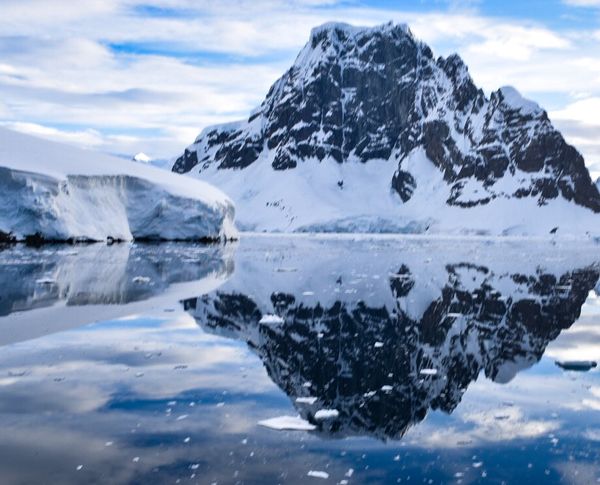
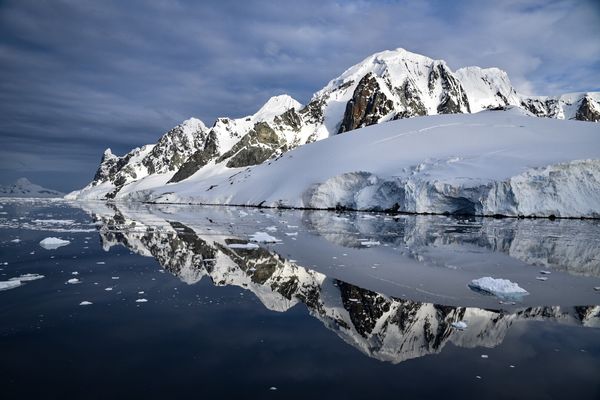
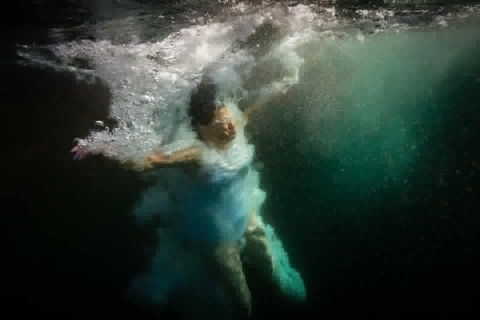
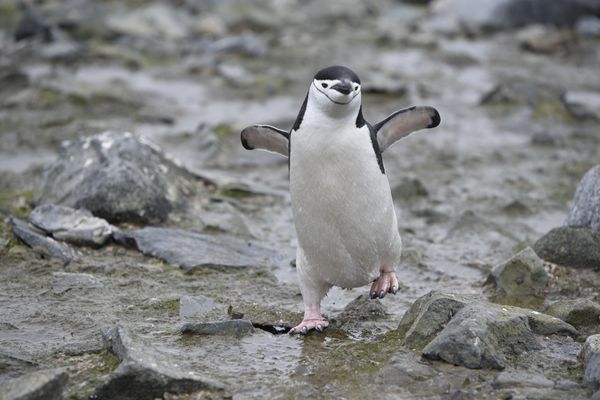
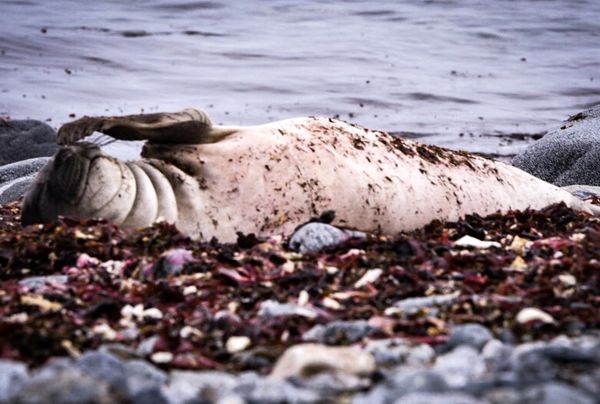
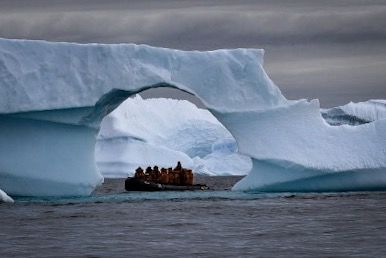
Jul 10, 2020 18:53:03 #
I am not an expert. I didn’t read all of the above. But I was there in Dec 2019. I shot my Nikons on manual. I over exposed about +2. I checked the histogram a lot. Exposure was fine on almost all of my shots.
Jul 10, 2020 19:29:50 #
mikedent wrote:
So we are lucky enough to go to Antarctica next Jan. I know it's important to bracket or overexpose some amount to account for ice/snow glare. Since there's no snow here in FL, could I go to the sunny sandy beach and do trial photos at different settings to see what settings are best? Is the sand a good enough substitute for the ice and snow and sunlight? Thanks for your help.
If you use auto exposure, your camera is going to set itself for 18% gray. If you are focusing on snow you will get gray snow unless you set your compensation dial to plus 1 or so. You have to experiment to find the best setting to compensate for the extreme reflectivity.
Jul 11, 2020 08:21:07 #
RWR wrote:
Thanks, it was intended to be. Testing is pretty basic and uncomplicated.
I think that went right over your head.
Jul 11, 2020 12:44:31 #
worldcycle
Loc: Stateline, Nevada
I just shot to the meter. Works fine for the most part. A little post processing and you’re golden.
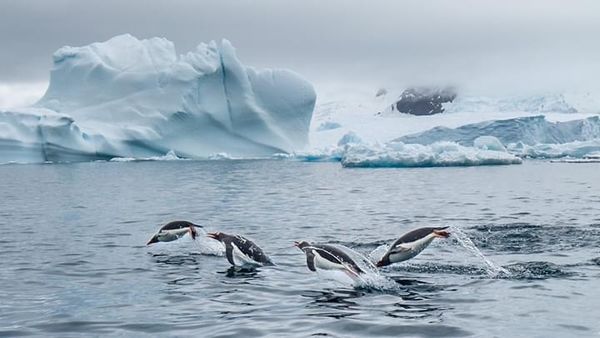
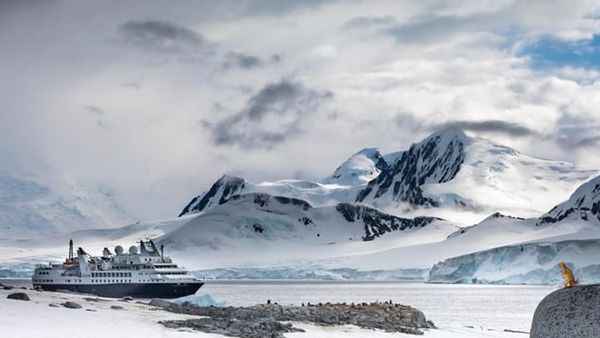
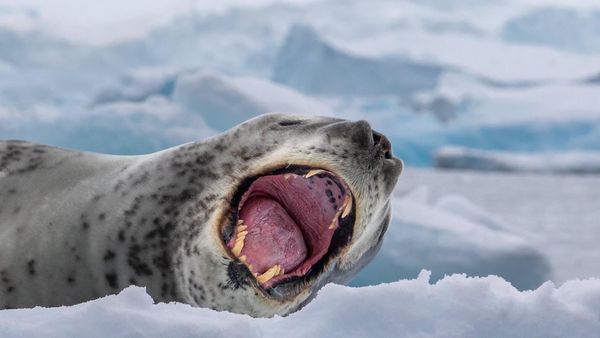
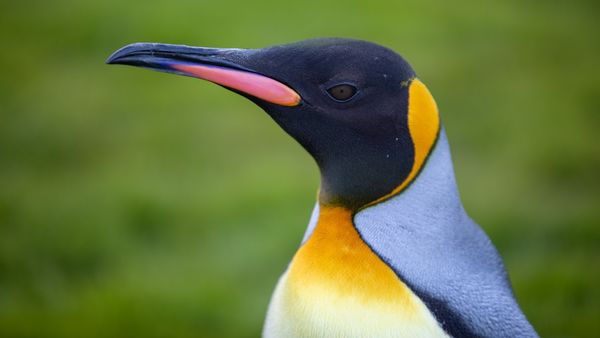
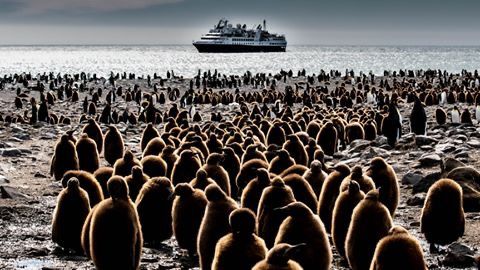
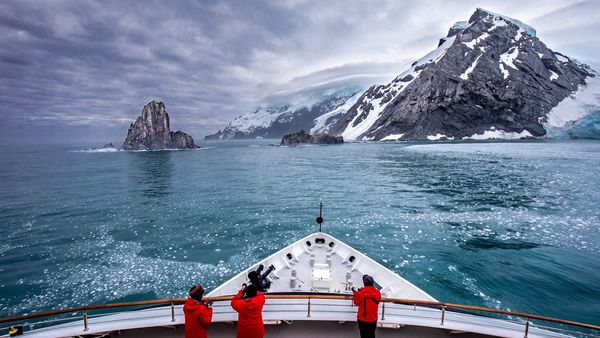
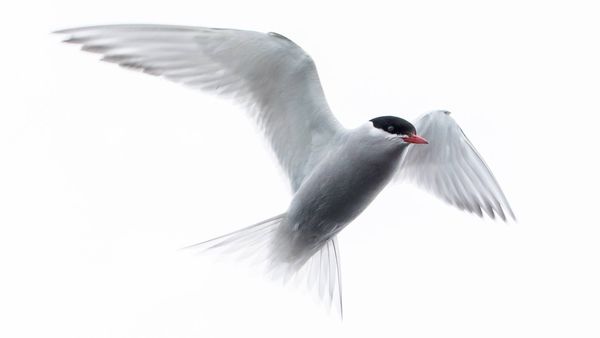
Jul 11, 2020 13:30:04 #
worldcycle
Loc: Stateline, Nevada
Oh yea, spot meter. Sand is not snow, no reflective frozen blue light crystals. Thick gloves really not necessary. Thin ones best. You will be changing iso, shutter speeds and aperture constantly for the shots. Long lens a requirement if you want the shot. Wide angle required if you want the shot. Better yet, two bodies. I went end of December for 18 days. Canon m iii and miv, 70-300, 70-200, 16-35, 24-105, nifty 50 and a G5X in my pocket. Used them all. Downloaded cards to computer and external drive every night for backup.
Jul 13, 2020 18:19:36 #
mikedent wrote:
So we are lucky enough to go to Antarctica next Jan... .
MikeDent - I was in South Georgia Island and Antarctica in December/January. I took two cameras, and as Mike Leggero’s linked article said (thanks PizelSta77). One camera had a 50 -200 lens and the other 24-105. I used polarizers on both cameras at first, but found that many of the shots were too blue (probably I adjusted them incorrectly). After a point, I stopped using the polarizers or maybe left one on one camera and not the other.
I never used a tripod, because there wasn’t enough time to set it up or it was too heavy to carry. As the linked article said, fur seals and crabeater seals look at you and almost pose for you. Elephant seals simply lie there like a big blob and Leopard seals in the water will approach you (one came within 25 feet of our zodiac and was checking me out, because I was close to the water and kindof handing out of the zodiac with my telephoto looking right at him – prior to that, the Leopard Seal attacked and ate an Adélie penguin, so they are dangerous.)
More to your point, I practiced with polarizers at Naples Pier before I left, so that I would have a better understanding of what happens to my pictures when the sun is at different positions. I took pictures facing North and South – I took pictures of birds and beach goers. I also tried the shots without the polarizers. Since I was learning, everything was helpful. I also practiced taking pictures across ponds with the sun at different positions…all the while reviewing the shots with my histogram. When I did post-processing, I could see that some shots needed more light.
I shot manual while there and found that I was constantly changing settings, because the clouds would roll in or the shot I wanted was not in the sun or the shot that I wanted was in the sun. Conditions can change quickly. My pics weren’t perfect, but I got the best shots of my life.
One comment that Mike Leggero made in his article (and like pmorin, I wish I had read before I left), about wishing to see whales breaching…I caught three humpback whales breaching – two small ones and one big one. I happened to be shooting whales tails and all of a sudden, the big whale came flying out of the water. I was able to get at least 12 really good shots. My point is, you don’t have time to change any settings when that happens, so getting you camera set up in anticipation helps. (I don't know if this will work, but the UHH link to those shots is "Antarctica: Breeching Humpback whales".)
One last tip. I exchanged emails with Joel Sartore about using neutral-density filters and polarizers in Antarctica. He said that he didn’t use any filters when he shot there for National Geographic. His main suggestion was not to take too many pictures, but to enjoy the scenery, because it’s not something that you will see again. I partly followed his advise, but probably too more pictures than he would have.
I could go on, but follow what CHG_Canon said – check your histogram and take test shots. Also, remember that you’ll be in a fast-moving zodiac sometimes, so your shutters speed needs to be fast enough to capture proposing penguins or a myriad of birds flying by.
ENJOY THE TRIP!!!!
Jose
If you want to reply, then register here. Registration is free and your account is created instantly, so you can post right away.




